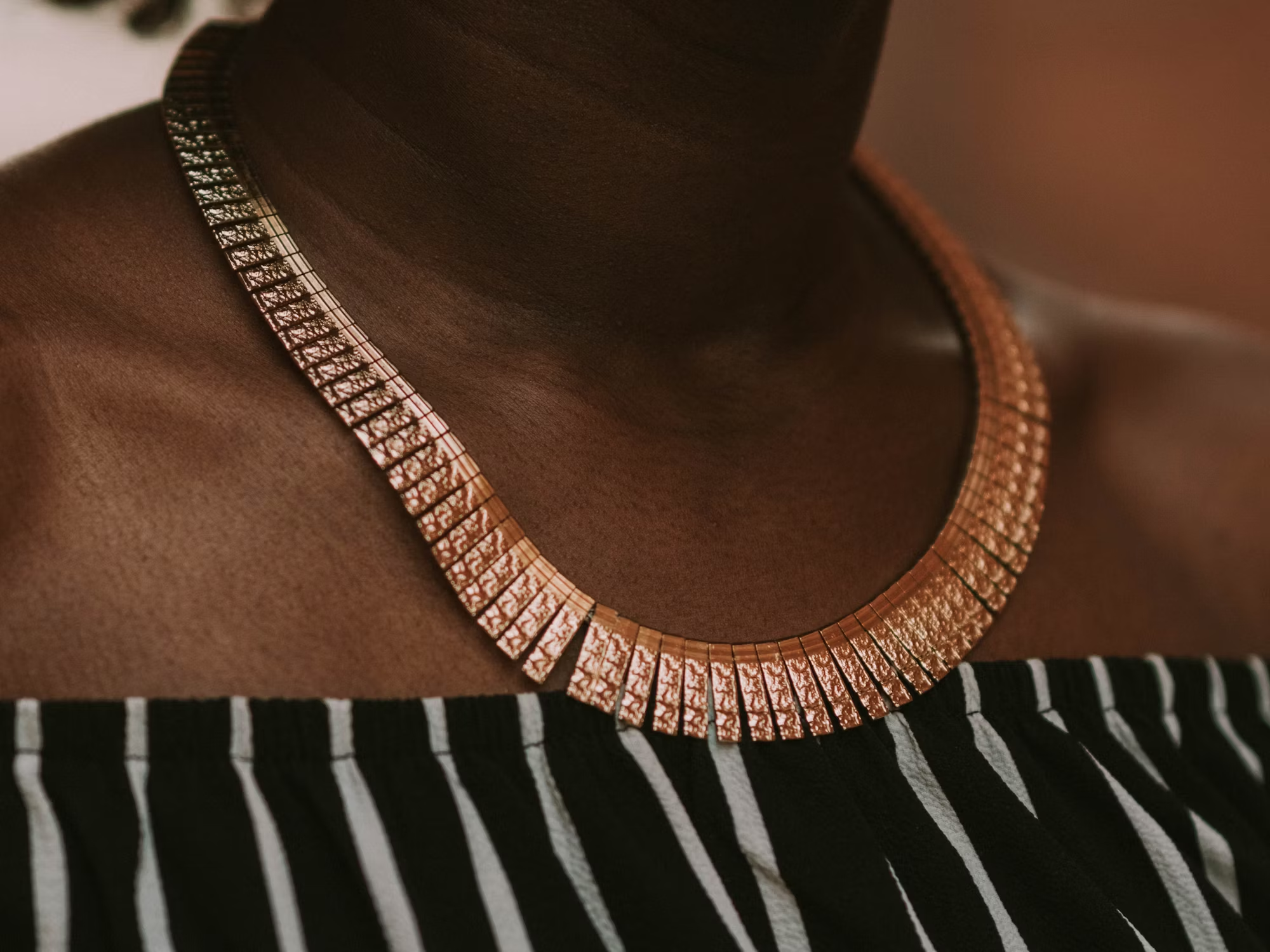In recent years, sustainable fashion has emerged as a critical movement within the fashion industry, addressing the environmental and social impacts of clothing production and consumption. As awareness of these issues grows, consumers are increasingly seeking ways to make eco-friendly choices that reflect their values. This article explores the principles of sustainable fashion, offers practical tips for incorporating eco-friendly practices into your wardrobe, and highlights some brands that are leading the charge toward a more sustainable future.
Sustainable fashion is built on several key principles, including ethical production, responsible sourcing, and a commitment to reducing waste. The fast fashion industry, characterized by its rapid production cycles and disposable culture, has been a major contributor to environmental degradation. From water pollution to excessive waste, the impact of fast fashion is profound. By embracing sustainable fashion, individuals can help combat these issues and support a more conscious approach to clothing.
One of the most significant aspects of sustainable fashion is the emphasis on quality over quantity. Investing in high-quality, timeless pieces can reduce the need for frequent replacements and promote a more thoughtful approach to consumption. Look for garments made from durable materials that are designed to last. Classic styles that transcend trends not only enhance your wardrobe but also reduce the environmental impact of fast fashion.
When it comes to building a sustainable wardrobe, consider the following tips to make eco-friendly choices:
1. Choose Natural Fabrics: Opt for clothing made from organic cotton, linen, hemp, or Tencel, which are more environmentally friendly than conventional fabrics. Natural fibers are often biodegradable and produced with fewer chemicals, making them a better choice for the planet.
2. Support Ethical Brands: Research brands that prioritize ethical practices, such as fair labor conditions and transparency in their supply chains. Many sustainable fashion brands prioritize the well-being of their workers and the environment, ensuring that your purchases contribute to positive change.
3. Shop Secondhand: Thrift stores, consignment shops, and online resale platforms offer an excellent way to find unique pieces while reducing waste. Buying secondhand not only extends the life of clothing but also decreases the demand for new production, which can significantly lower your carbon footprint.
4. Embrace Minimalism: A minimalist wardrobe encourages you to invest in versatile pieces that can be mixed and matched. Focus on building a capsule wardrobe filled with essentials that can be styled in multiple ways, allowing for creativity without excess.
5. Practice Mindful Shopping: Before making a purchase, ask yourself whether you truly need the item and how it fits into your overall wardrobe. This reflection can help you avoid impulse buys and foster a more intentional approach to fashion.
6. Care for Your Clothes: Extend the life of your garments by following proper care instructions. Washing in cold water, air-drying, and storing clothes correctly can prevent wear and tear, reducing the need for replacements.
7. Repurpose and Upcycle: Get creative with your clothing by repurposing or upcycling items that you no longer wear. Transforming old garments into new creations not only saves money but also contributes to a more sustainable approach to fashion.
8. Participate in Clothing Swaps: Organize or participate in clothing swaps with friends or community groups. This fun and social event allows you to refresh your wardrobe without spending money or contributing to waste.
As you adopt these practices, it’s essential to be mindful of the brands you choose to support. Many companies are committed to sustainable fashion and have made significant strides in minimizing their environmental impact. Some notable brands leading the way include:
– Patagonia: Known for its commitment to environmental responsibility, Patagonia produces durable outdoor clothing while promoting fair labor practices and environmental activism.
– Everlane: Everlane focuses on transparency in pricing and production, offering high-quality basics made from sustainable materials.
– Reformation: This brand combines stylish designs with eco-friendly practices, using sustainable fabrics and ethical manufacturing processes.
– Eileen Fisher: With a commitment to sustainable and ethical practices, Eileen Fisher produces timeless clothing while prioritizing fair labor and eco-friendly materials.
– People Tree: A pioneer in sustainable fashion, People Tree offers a range of stylish clothing made from organic cotton and other eco-friendly materials, all produced under fair trade conditions.
In addition to these brands, many local designers and artisans are creating sustainable fashion lines that reflect their unique aesthetics while prioritizing ethical practices. Supporting local talent not only contributes to the economy but also fosters a sense of community and creativity.
The benefits of sustainable fashion extend beyond individual choices; they contribute to a broader cultural shift toward environmental awareness and social responsibility. As more consumers prioritize sustainable practices, the fashion industry is beginning to adapt. This transformation encourages brands to adopt more eco-friendly methods, ultimately leading to a more sustainable future for fashion as a whole.
While the journey toward sustainable fashion may seem overwhelming, every small change contributes to a larger impact. By making conscious choices, you can cultivate a wardrobe that aligns with your values while expressing your unique style. Sustainable fashion is not just a trend; it is a lifestyle that prioritizes the well-being of our planet and its people.
In conclusion, sustainable fashion is a powerful movement that encourages individuals to rethink their clothing choices and embrace eco-friendly practices. By understanding the principles of sustainable fashion and implementing practical tips into your wardrobe, you can contribute to a more responsible and ethical industry. As you navigate this journey, remember that every choice counts—whether it’s investing in high-quality pieces, supporting ethical brands, or participating in secondhand shopping. Together, we can make a difference, one stylish choice at a time.




